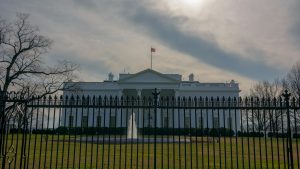In a significant move to enhance the integration and oversight of artificial intelligence (AI) within the federal government, the White House Office of Management and Budget (OMB) has issued a directive requiring all federal agencies to appoint Chief AI Officers (CAIOs) and develop comprehensive strategies for responsible AI implementation. This initiative aims to accelerate the adoption of AI technologies while ensuring ethical considerations and safeguarding public trust, which will be needed if we want to continue
Mandate for Chief AI Officers
The OMB’s memorandum instructs the heads of executive departments and agencies to designate a Chief AI Officer within 60 days. The CAIO will be responsible for promoting AI innovation, adoption, and governance across their respective agencies. This role may be assigned to existing officials, such as Chief Information Officers or Chief Technology Officers, provided they possess significant expertise in AI. The CAIO’s duties include ensuring compliance with applicable laws and guidelines, advising agency leadership on AI matters, and representing the agency in AI-related forums.
In addition to appointing CAIOs, agencies are directed to develop AI strategies within six months. These strategies should focus on identifying and removing barriers to responsible AI use and achieving enterprise-wide improvements in AI application maturity. The goal is to adopt a forward-leaning and pro- innovation approach that leverages AI to enhance government operations and service delivery.
This directive rescinds two prior orders issued under the previous administration, which emphasized safeguards, transparency, and restrictions on AI acquisitions. The current administration seeks to remove unnecessary bureaucratic barriers, streamline AI adoption, and prioritize American- made AI technologies.
While promoting AI adoption, the directive emphasizes the importance of responsible use. Agencies are required to implement minimum risk management practices for high- impact AI applications and develop policies for generative AI. These measures aim to protect privacy, ensure interoperability, and maintain public trust in government AI initiatives.
The White House’ s directive marks a pivotal step in integrating AI into federal operations. By appointing Chief AI Officers and formulating strategic plans, agencies are poised to harness AI’ s potential to enhance efficiency and service delivery, all while upholding ethical standards and public confidence.



